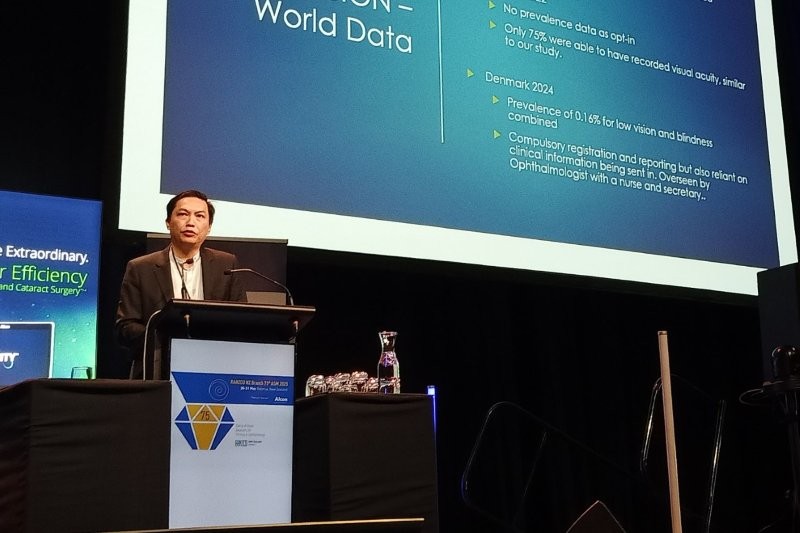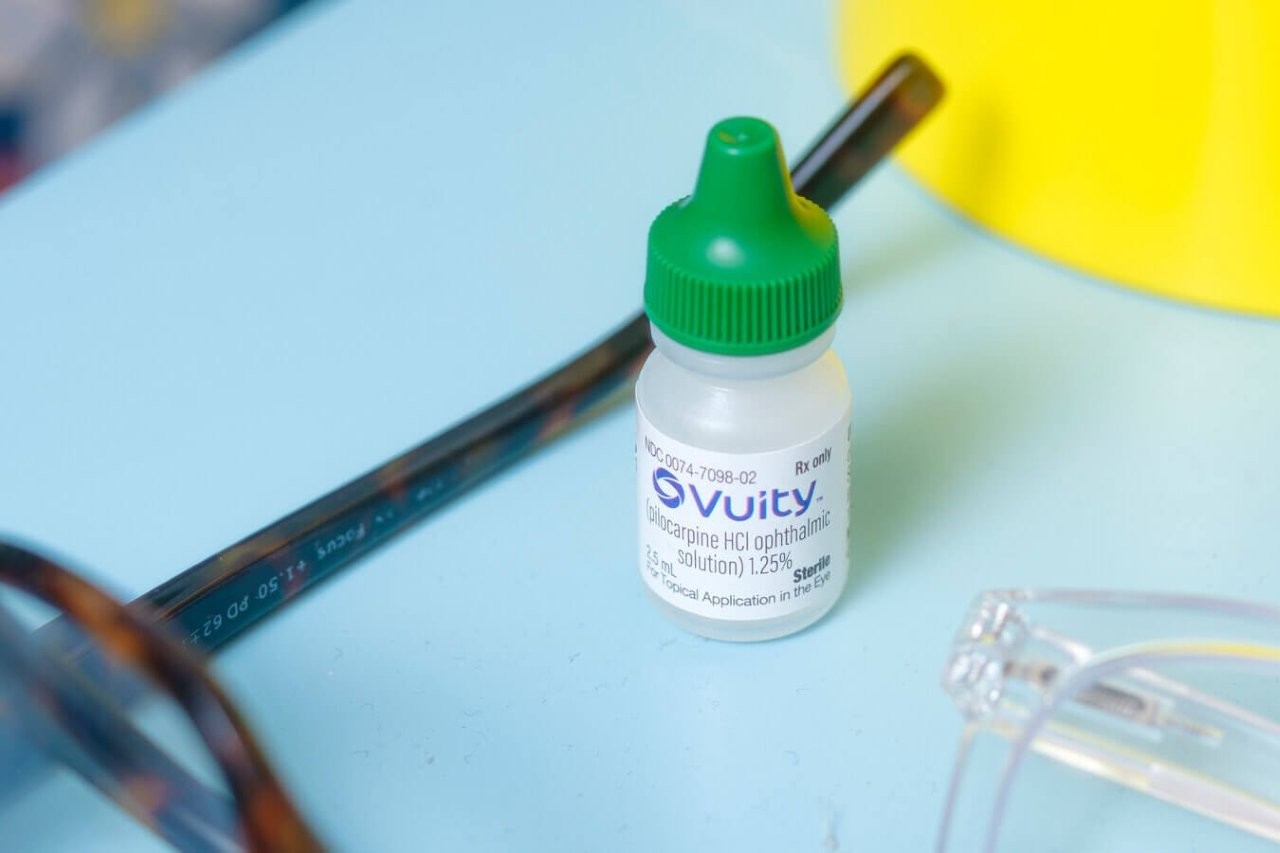SMH, treating retinal breaks and hypersonic vitrectomy
Sub-macular haemorrhage in neovascular AMD, Stanescu-Segall et al. Surv Ophthalmol. 2016 Jan-Feb;61(1):18-32.
Review
Sub-macular haemorrhage (SMH) is typically seen as a complication of exudative macular degeneration (MD) and is manifested by the accumulation of blood between the neurosensory retina and retinal pigment epithelium (RPE) or, on occasions, under the RPE. SMH can also occur with ocular trauma, idiopathic polypoidal choroidal vasculopathy and myopic maculopathy. Depending on the amount of blood, which is usually more extensive in exudative MD, the patient reports sudden loss of central vision. Known risk factors for SMH include anticoagulation medication and, to a lesser extent, antiplatelet therapy.
The prognosis is generally poor because of the toxic effect of iron on the outer retina combined with the diffusion barrier secondary to the physical presence of the blood, together with the subsequent remodelling of the blood and contraction of the fibrin meshwork. This review summarises past and current treatment strategies for SMH and their outcomes. The current literature supports the notion that patients with this diagnosis would benefit from either an intra-vitreal injection of an anti-vascular endothelial growth factor (VEGF) together with tissue plasminogen activator (TPA) and pneumatic displacement (intravitreal triple therapy), or a pars plana vitrectomy (PPV) with sub-retinal injection of TPA and pneumatic displacement with an intra-ocular gas bubble.
TPA activates plasminogen into plasmin, thereby liquefying the sub-macular blood clot, which allows for the gas bubble to displace the haemorrhage away from the sub-macular area, if the patient is prone. Anti-VEGF agents are now the standard of care for choroidal neovascularisation and monthly injections typically continue until there is documented regression of the disease. The authors conclude PPV is associated with a greater visual gain, whereas intravitreal triple therapy has a better final visual outcome and safety profile.
Comment
In SMH, prompt treatment is critical. The acute vitreoretinal service at Greenlane Clinical Centre in Auckland is a tertiary referral centre and provides a year-round acute service. However, not all ophthalmology departments in New Zealand provide 24-hour acute vitreoretinal service and PPV is not always an option for treatment. Although the available evidence is from small studies, intravitreal triple therapy appears to be an appropriate first-line treatment. PPV may be more likely to completely remove all the haem and is also more appropriate for pre-existing vitreous haemorrhage and massive SMHs.
Over the last 12 months, we have been treating most SMHs using intravitreal triple therapy at Greenlane Eye Clinic with good results.
Prophylactic treatment of retinal breaks, Blindbaek et al. Acta Ophthalmol. 2015 Feb;93(1):3-8.
Review
This is a systematic review of all currently available evidence to optimise the management of asymptomatic and symptomatic peripheral retinal tears. The classic symptoms include floaters and/or light flashes. Identifying the minority of retinal breaks progressing into haematogenous retinal detachment (RRD) is critical as these tears can do well with prophylactic treatment, consisting of laser photocoagulation, retinocryopexy, or a combination of both.
Retinal tears were seen in 6-18% of patients with symptomatic posterior detachment (PVD), present in about 87.6% of all RRDs. The cumulative incidence of RRD in: asymptomatic retinal break without treatment was 0-14%; symptomatic retinal breaks without treatment was 35-47%; and prophylactically-treated symptomatic retinal breaks was 2-9%. The authors could not find any study restricted to prophylactic treatment of eyes with asymptomatic retinal breaks. New retinal breaks were found in 7-14% of eyes previously prophylactically-treated for retinal breaks. The presence or absence of PVD was not mentioned in any of the studies evaluating the effect of prophylactic treatment.
The authors conclude that prophylactic treatment of symptomatic retinal breaks should be considered, whereas no unequivocal conclusion could be reached regarding prophylactic treatment of asymptomatic retinal breaks.
Comment
The management of retinal breaks, in particular when asymptomatic, is a matter of controversy and ongoing debate. It is estimated that 6% of all apparently normal eyes have a retinal break, with the vast majority not progressing to an RRD. Conversely acute symptomatic retinal breaks are more at risk of progressing to an RRD and so the risk versus benefit ratio favours treatment, usually with laser retinopexy. As a rule, asymptomatic retinal breaks are not normally treated unless there are other risk factors, such as the status of the fellow eye, family history, etc.
Ultrastructural and histopathologic findings after pars plana vitrectomy with a new hypersonic vitrector system, Pastor-Idoate et al.PLoS One. 2017 Apr 11;12(4)
Review
Traditionally, the focus for improvement in vitrectomy surgery has been on reducing the diameter of the cutter, altering cut speed and optimising flow rates. At present, 27-Gauge instruments seem to be the smallest in terms of safety and efficiency, although both 23 and 25-Gauge systems are still standard of care in most vitreoretinal departments worldwide.
Research groups around the world have investigated the application of ultrasound to liquefy and excise the vitreous instead of the traditional cutting of the vitreous with a guillotine vitrector cutter blade. These investigators have developed a vitrectomy system using low ultrasonic motion of the tip to create oscillating high-speed flow near the port, liquifying vitreous to the viscosity of water - comparable to conventional phacoemulsification in cataract surgery.
In vitreous, ultrasound energy can be absorbed and transformed into heat, and ultrasound probes near the retina can produce retinal lesions. In this study, the authors show that hypersonic vitrectomy in pig eyes did not cause extensive cellular injuries, thermal retinal damage, tissue coagulation or necrosis. They found no morphological differences between vitrectomy with guillotine vitrector and ultrasound vitrector.
Comment
Over the last few decades, cutting the vitreous has become the most popular approach for most vitreoretinal surgeries. But hypersonic vitrectomy could become a safe and effective alternative in certain cases, for example in complicated cataract surgeries with ruptured posterior lens capsule with vitreous loss. Even cortical and epinuclear lens particles in the anterior chamber can be liquefied and aspirated with an ultrasound vitrector. Further research is necessary.
About the author
Dr Martin Siemerink completed his medical and ophthalmology training in the Netherlands. In 2013, he obtained a PhD in ocular angiogenesis from the University of Amsterdam. He is currently pursuing subspecialist training in vitreoretinal surgery at Auckland University and Greenlane Clinical Centre.


























